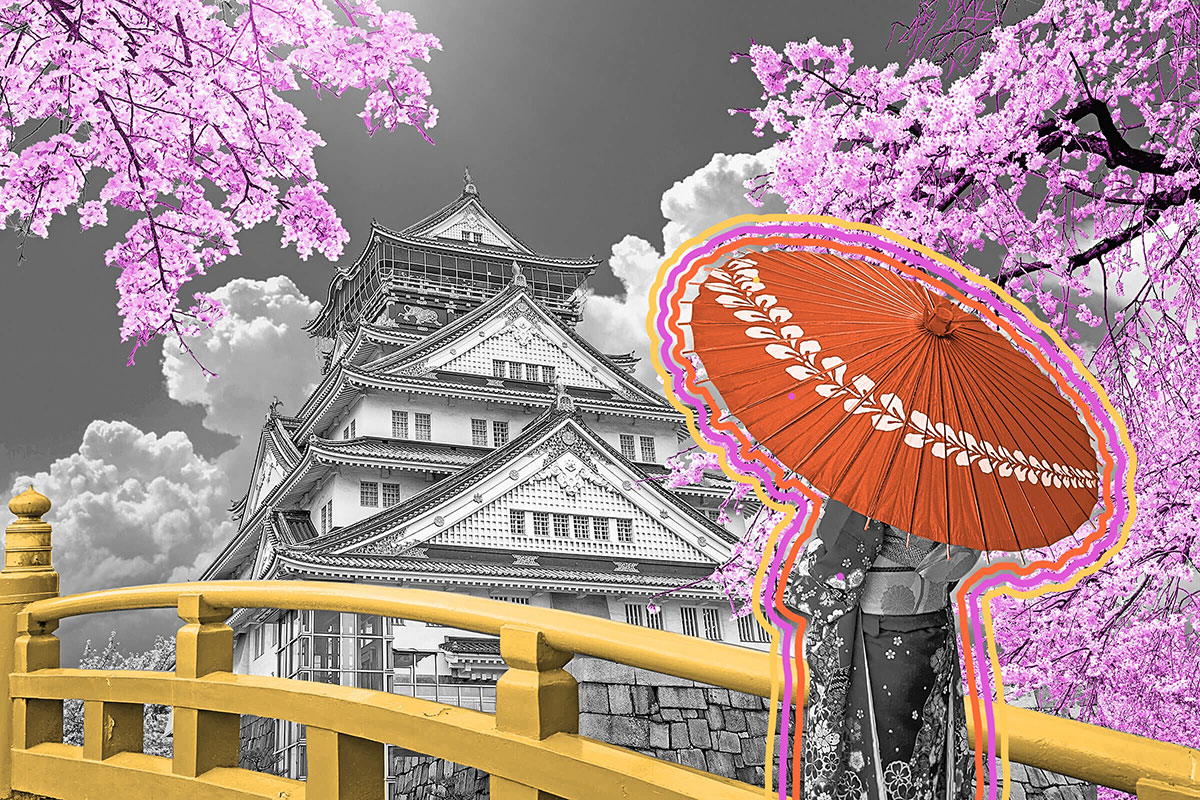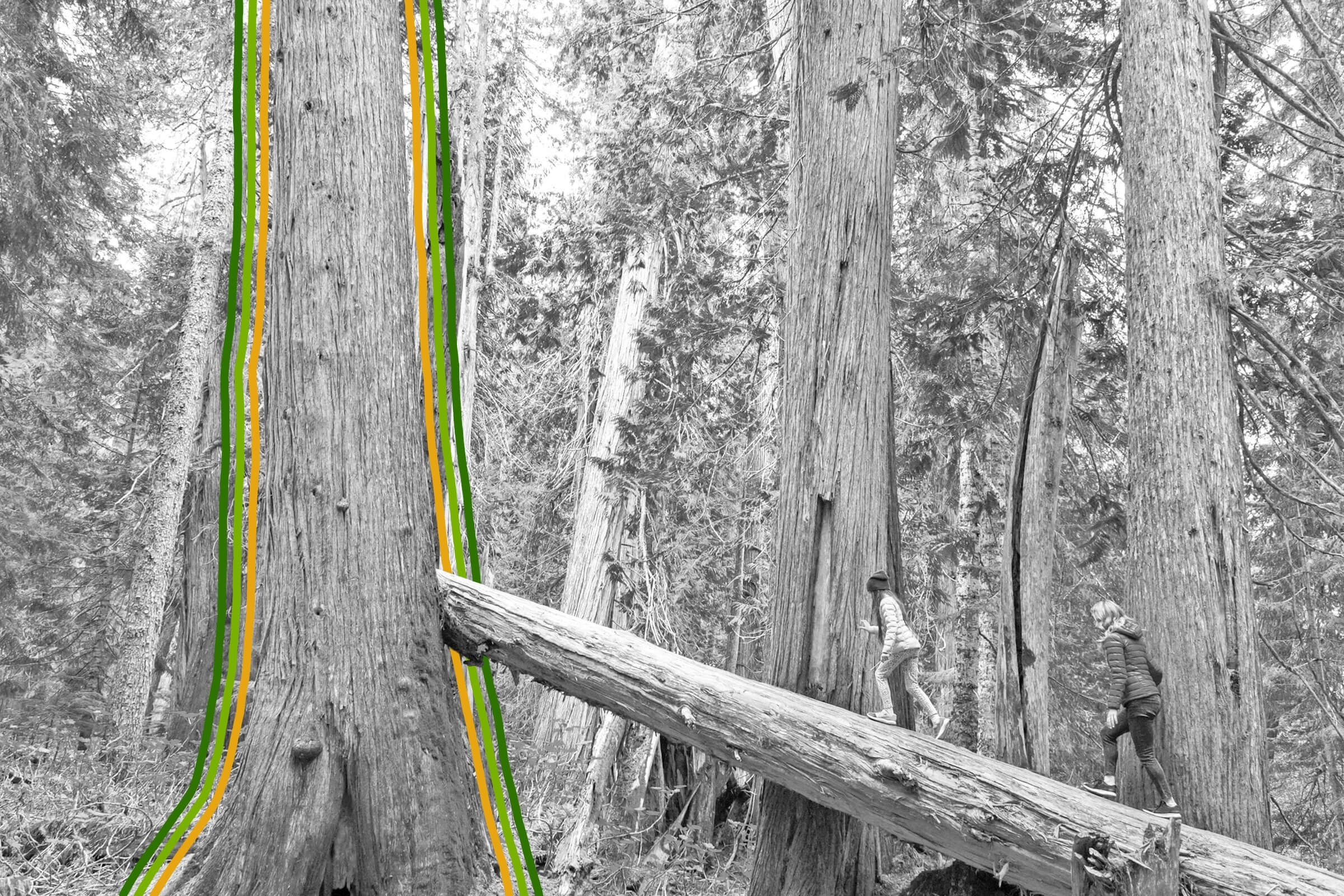
People have been celebrating cherry blossoms for over a thousand years.
Few trees are more beautiful than cherry trees when in full bloom. Although millions flock to see cherry blossoms around the world, the trees have a special resonance in Japan, where they are known as sakura. During Japan’s Heian period (794 to 1185), when art and poetry flourished, sakura became associated with the ephemeral beauty of life, since the blossoms last only a few weeks before wilting. The Japanese aristocracy ate and drank tea under sakura during events known as hanami (cherry blossom viewing), a tradition that’s still observed in Japan today. Throughout the centuries, sakura continued to play a role in Japanese society, especially during the Edo period, when the pink blossoms became the subject of many woodblock prints known as ukiyo-e.
One of the most famous collections of cherry trees in the U.S. is in Washington, D.C.; it was sent as a gift from Japan in 1912. Although some people considered digging up the cherry trees at the absolute nadir of U.S.-Japanese relations during World War II (and four trees were vandalized), the sakura survived and are now the central attraction of the capital region’s National Cherry Blossom Festival. Held every year in March and April, the festivities showcase the full bloom of these amazing trees, the likes of which have enchanted generations of onlookers for so many years.
In 1908, U.S. agriculture official David Fairchild convinced First Lady Helen Taft to introduce cherry blossoms to Washington, D.C., in an effort to beautify the capital. Eager to present a gift to the U.S. as thanks for support during the Russo-Japanese War (1904 to 1905), Japan’s government sent 2,000 cherry trees as a gift to the country. Sadly, an inspection team of U.S. Department of Agriculture entomologists determined that the trees were infested with insects and demanded that the trees be burned. With images of burning sakura plastered on the front page of The New York Times, some braced for diplomatic outrage in Tokyo. Instead, that city’s mayor joked: “To be honest about it, it has been an American tradition to destroy cherry trees ever since your first President, George Washington.” Japanese officials apologized for the faulty gift and sent a new batch of trees, which were successfully installed in the capital.

